Based out of Houston, TX, Glaxon is an innovative supplement developer that's seen some crazy weather. The brand is most known for their intensely potent Specimen pre workout supplement series (including the recently upgraded Specimen G.F.Y), but they've brought innovation to several supplement categories.
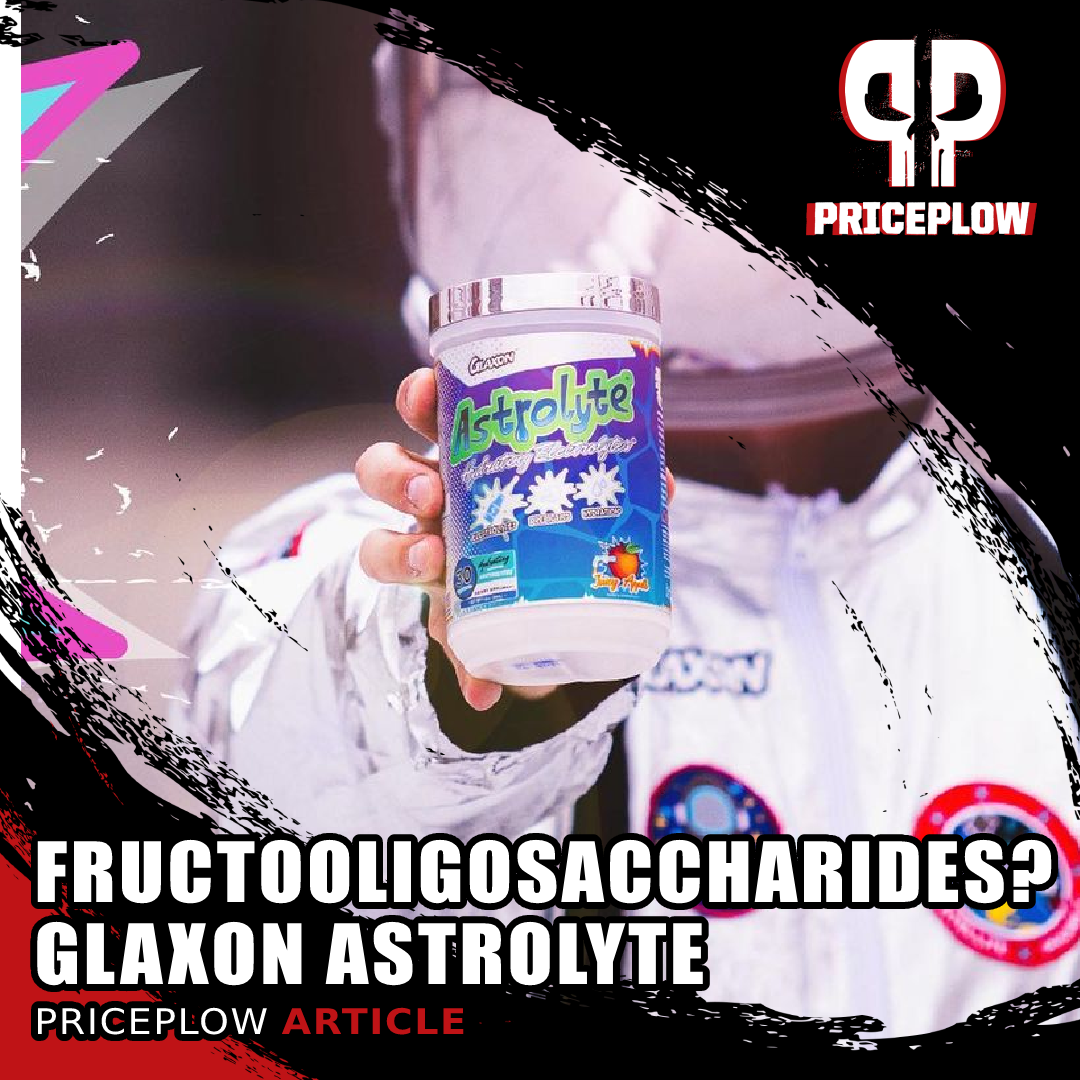
Glaxon Astrolyte bring hydrating electrolytes in style. In this article, we dig deeper into the added mineral absorption ingredient, fructooloigosaccharides.
One ingredient that we've covered several times in previous Glaxon articles is so useful, sometimes you want a heaping dose of it all on its own -- especially when dealing with Houston-caliber heat. Now you can get that heaping dose with Astrolyte.
Glaxon Astrolyte Brings Hydrating Electrolytes with Optimized Absorption
Astrolyte is a hydrating electrolyte supplement that brings the following mineral profile:
- Sodium - 360 milligrams (16% DV)
- Magnesium - 111 milligrams (26% DV)
- Chloride - 561 milligrams (24% DV)
- Potassium - 248 milligrams (5% DV)
But the real story here is the added fructooligosaccharides, which take electrolyte supplements to the next level with their mineral absorption properties.
We get into the science below, but first check the prices with our PricePlow-powered coupons and sign up for our Glaxon news alerts:
Glaxon Astrolyte – Deals and Price Drop Alerts
Get Price Alerts
No spam, no scams.
Disclosure: PricePlow relies on pricing from stores with which we have a business relationship. We work hard to keep pricing current, but you may find a better offer.
Posts are sponsored in part by the retailers and/or brands listed on this page.
Most folks should already know why we'd use a supplement like this, but the long story short is whenever you expect to sweat a lot, as enormous amounts of electrolytes and water are both lost through sweat. Replacing your sweat with water alone may leave you depleted and lead to inferior performance, which is why we want to add the mineral salts back as well.
Glaxon Astrolyte Ingredients
Below is what's in each 7 gram scoop. Let's cut right to it with Glaxon's unique addition, then cover the other added minerals:
-
Fructooligosaccharides - 1581 mg
Fructooligosaccharides (oligofructose or FOS) are non-digestible, water-soluble carbohydrates that have a unique molecular structure made of linked monosaccharides, giving them some unique properties.
The biggest reason they're here is because FOS can improve the absorption of minerals, especially calcium, magnesium, and phosphorus,[1,2] but also iron and zinc.[3,4] They help get minerals like calcium back into the system from the colon, and animal models have shown improved bone mass and bone mineral density after their use.[1,5] One of the interesting effects is that FOS reduces the pH of the colon, thus increasing solubility of the minerals (especially calcium and magnesium).[6,7]
These benefits likely stem from their ability to help the digestive system produce more short-chain fatty acids (as well as a prebiotic effect),[8] which is hugely beneficial with gut health.[9,10] Naturally, we find them in various foods like bananas, asparagus, artichokes, and onions, and they're often created from chicory root.[8]
An article published in 2009 discusses several benefits from FOS supplementation, including improved glycemia, better lipid profiles, and lower disease risk,[8] but for Glaxon Astrolyte, we key in on gut health and improved mineral uptake.
This is important since minerals are generally not well-absorbed on their own, which led the supplement industry to develop several tactics to improve overall bioavailability and efficacy. FOS is a great way to do this, and Glaxon is one of the few brands pushing it in multiple supplements.
It also doesn't hurt that fructooligosaccharides are sweet -- about 0.3 to 0.6 times as sweet as sucrose (table sugar),[11,12] so this inclusion will never hurt any powdered formula that includes it. Yet another great reason for Glaxon to use the entire blend in their pre workout supplements!
-
Sodium and Chloride (from Sodium Chloride) - 360 mg (16% DV) and 561 mg (24% DV)
It can't be an electrolyte supplement without sodium chloride, better known as salt! Glaxon provides enough to give about a fifth of a day's worth of it, but if you're a hard-charging athlete, you likely need far more, and this can help cover your workout losses.
Sodium helps the body balance its fluids, especially with respect to intracellular and extracellular fluid balance, helping to maintain proper cell hydration. It's critical for nerve signal transmission. And most importantly for athletes, is needed for strong muscle contractions.[13]
Despite its popularity, we still believe that sodium is underrated in terms of sports performance, and researchers agree, evidenced by one paper, titled "The Importance of Salt in the Athlete's Diet".[14]
Everyone understands that sweating causes water loss, and now most people know that electrolytes -- notably sodium -- are also lost when we sweat. Water-only rehydration, however, can cause problems like persistent muscle cramps, lower performance, or even a medical condition known as hyponatremia (low blood sodium levels), in extreme situations.[14]
If you know you're going to be under heat stress, it's important to get salt in with your water, and Astrolyte makes that happen.
-
Magnesium - 111 mg (26% DV)
There are numerous benefits of magnesium supplementation, and we frequently highlight how our food supply has been stripped of this critical mineral due to extremely aggressive industrial farming, monocropping, and overconsumption of ultra-processed foods.[15-20] As such, we believe that most individuals are at least somewhat magnesium deficient, and supplementation brings back several benefits, such as improved insulin sensitivity,[21-23] better blood glucose levels,[21-23] and lower blood pressure.[22,24-26]
The average amount of calcium, magnesium, and iron in vegetables like spinach, lettuce, cabbage, and tomatoes has plummeted as much as 80–90% since 1914.[15] Sadly, we have to supplement them back in.
In terms of athleticism, we've seen a study where magnesium supplementation led to notable increases in both aerobic exercise capacity and improved muscle oxygenation when subjects were faced with triathlon-type situations.[27]
To coincide with the benefits of the fructooligosaccharide listed above, even using a cheaper form of magnesium led to increased bone mineral density in healthy females.[28] That study looked at magnesium oxide, but with Astrolyte, we're getting it in the form of magnesium citrate.
Given how weak our food has become, there's great reason to supplement magnesium on a daily basis. You'll know if you've had too much.
-
Potassium - 248 mg (5% DV)
Potassium doesn't get as much attention as sodium in these types of supplements, but it deserves to. Potassium is considered a "shortfall nutrient",[29] with research suggesting that most Americans cannot achieve an adequate amount.
It's all about the potassium sodium balance. Too many electrolyte supplements only have sodium, but not Astrolyte.
The mineral's best benefits are with regard to cardiovascular health,[29] and the foundation is the potassium-sodium interaction, where higher potassium:sodium intakes improves blood pressure and heart disease risk more than just moderating one alone.[30,31]
There isn't as much performance-based research, which is why it could be in a lower dose here, but once again, we see an ingredient that can help with calcium retention and bone mineral density.[32,33]
Astrolyte's potassium comes in the form of potassium citrate, and more can always be added, although we strongly urge you to always blend it with sodium to maintain balance.
-
AstraGin (Astragalus membranaceus and Panax Notoginseng) [Root] Extract - 17 mg
Finally, to pair with the FOS, we get more ingredient amplification in the form of an odd 17 milligram dose of AstraGin from NuLiv Science. We often see AstraGin in amino acid and pre workout supplements due to its ability to increase absorption of various amino acids.
AstraGin is a combination of Astragalus and Panax Notoginseng that's been shown to increase ingredient absorption, especially of amino acids!
Although we don't have any specific research on AstraGin in combination with the minerals listed here, the ingredient provides general gut health improvement through better intestinal permeability,[34] and we expect some absorption benefits with respect to that.
NuLiv Science's research demonstrates that AstraGin reduces intestinal wall inflammation by 73%,[34] which can help the other ingredients get into the bloodstream more effectively. It's also been shown to lower ulceration and intestinal submucosa inflammation in animals.[34]
We'd love to see more data on the uptakes of sodium, magnesium, and potassium, but the general gut health benefits of AstraGin still make it worth working with in this type of situation where we can't afford to waste any minerals that we need to replenish.
Astrolyte flavors
The following list will remain up-to-date with all flavors of Astrolyte:
Astrolyte: A stand-alone supplement and an ingredient in other supplements
We love this Astrolyte blend - the fructooligosaccharides have some solid research that isn't deployed in many electrolyte supplements. And it's a great addition that also helps with the flavor. Given the research cited above, it seems like it's just as much a bone support supplement as an electrolyte supplement!
Astrolyte may sound familiar because we've written about it several times in the past. It's in the retail-exclusive Glaxon Specimen G.F.Y pre workout, the Glaxon Tranquility sleep aid, the Glaxon Specimen V2 pre workout, and Glaxon Plasm Surge V2 stimulant-free pre workout supplement.
If you couldn't tell, the Glaxon crew considers astrolyte an extremely important ingredient to get in before training, but also before sleep. And it could be a quiet reason why everyone is raving about the above supplements.
Now you can add it to your regimen any time you think you need it. So when the weather heats up... and especially Houston hot... be sure to reach for a tub of Astrolyte before sweating out your hard-earned minerals.
Glaxon Astrolyte – Deals and Price Drop Alerts
Get Price Alerts
No spam, no scams.
Disclosure: PricePlow relies on pricing from stores with which we have a business relationship. We work hard to keep pricing current, but you may find a better offer.
Posts are sponsored in part by the retailers and/or brands listed on this page.
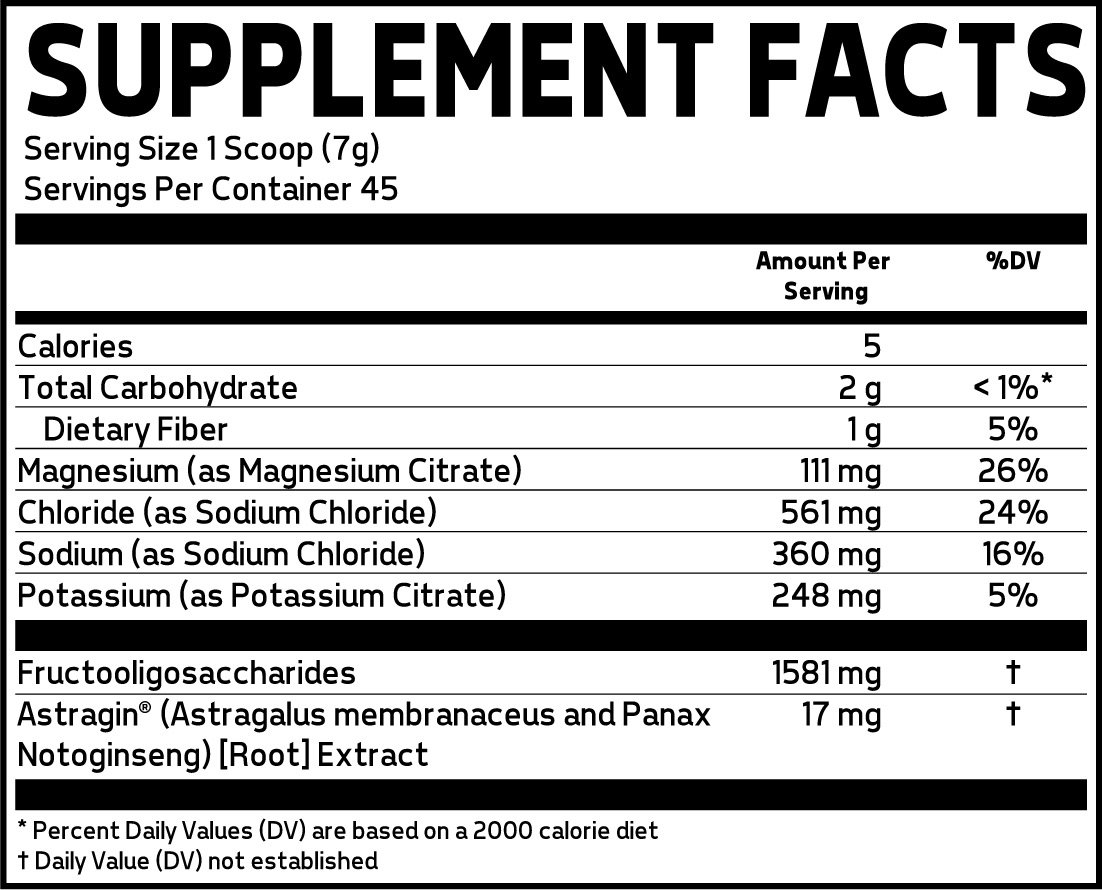
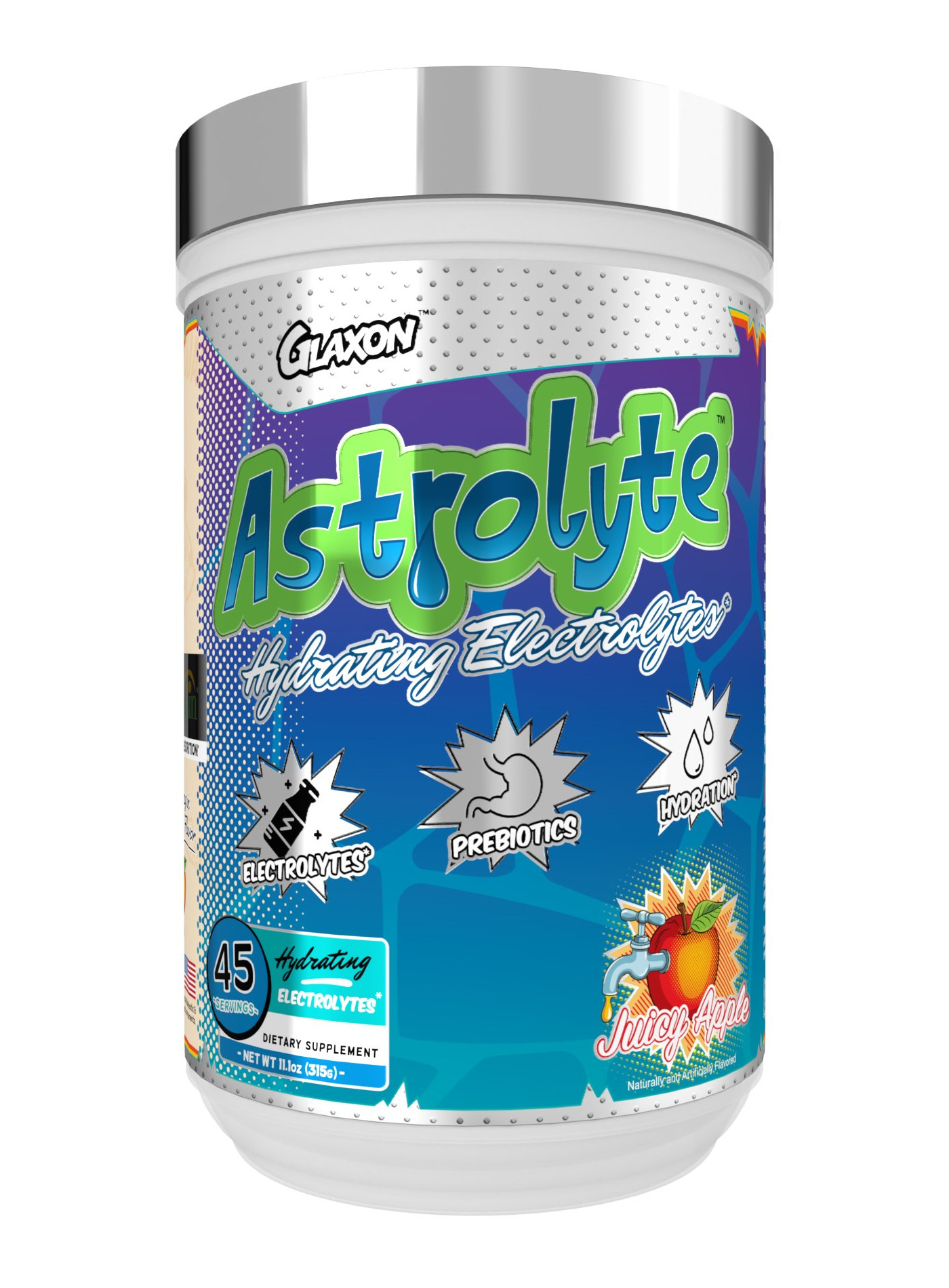
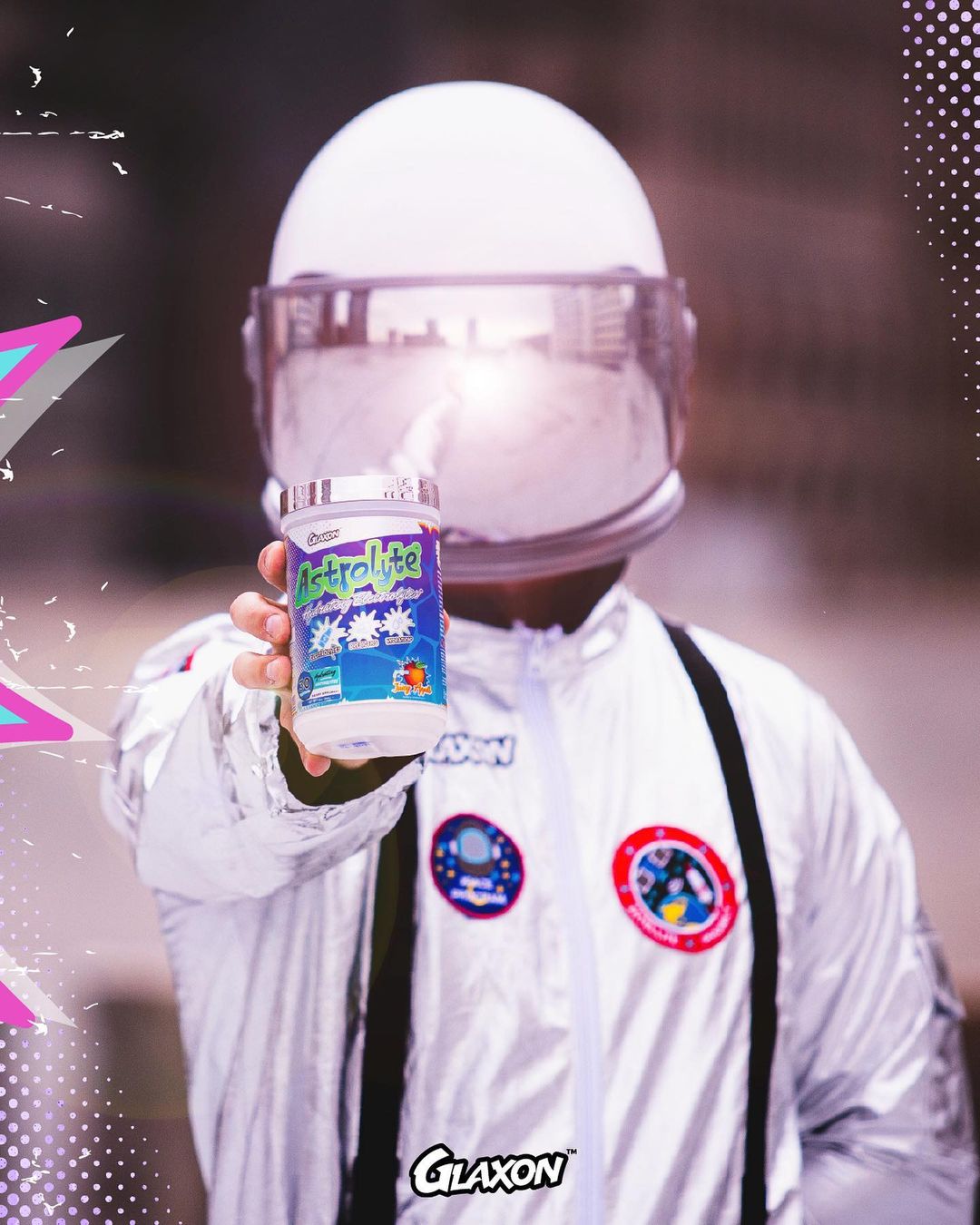
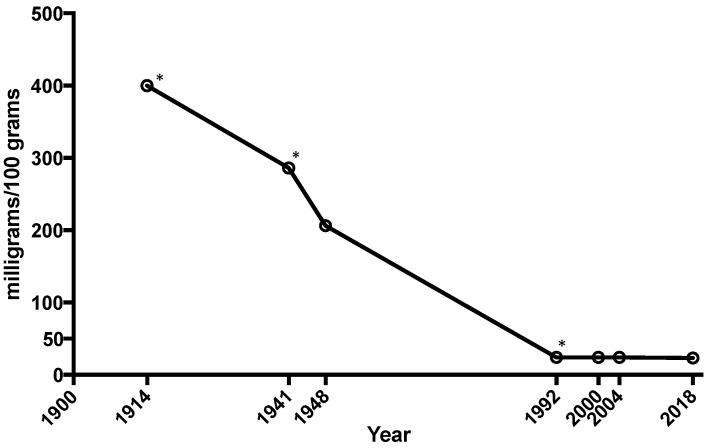
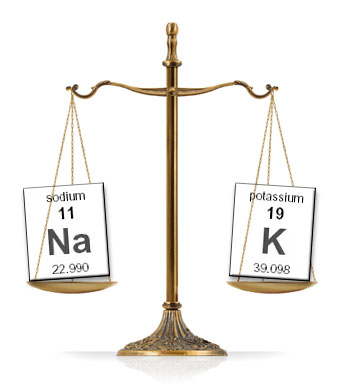
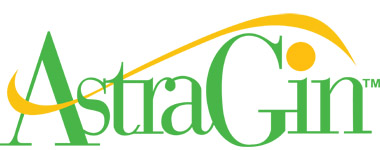



Comments and Discussion (Powered by the PricePlow Forum)